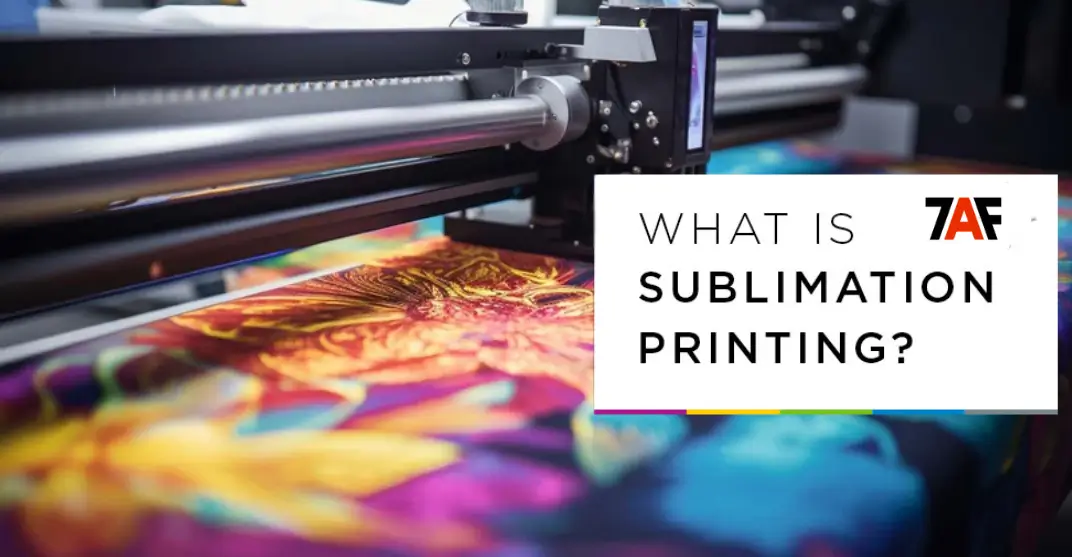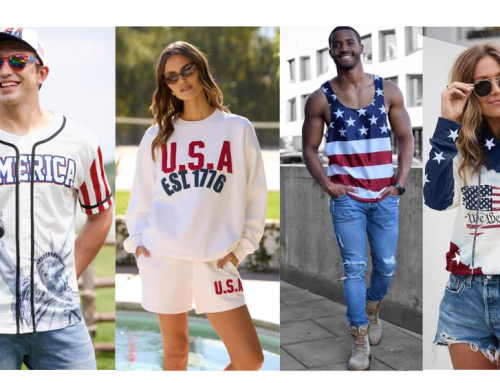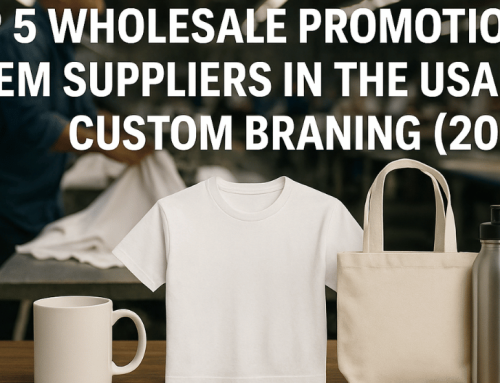
Sublimation printing is revolutionizing custom design, offering vibrant, durable prints that breathe new life into fabrics and products. This guide is tailored to help beginners grasp the essentials of sublimation printing and master the art of creating eye-catching designs. Whether you’re an entrepreneur, a hobbyist, or someone exploring creative possibilities, you’ll find everything you need to get started here.
Sublimation printing is an advanced process where dye transitions directly from a solid to a gas, bypassing the liquid phase, through the application of heat and pressure. This unique technique enables the dye to bond permanently with polyester fabrics or polymer-coated surfaces, resulting in vibrant, long-lasting prints. Unlike traditional printing, where ink sits on the surface, sublimation integrates the dye into the material itself.
This method is highly favoured for custom apparel, promotional products, and personalized gifts due to its exceptional durability, seamless color reproduction, and ability to create designs that feel as natural as the material. Sublimation printing is ideal for creating vibrant, full-color designs that won’t crack, peel, or fade over time. It works best on light-coloured polyester fabrics and specially coated items.
How Does Sublimation Work?
The sublimation process is a highly precise and innovative technique that allows for the transfer of vibrant, long-lasting designs onto various materials. This process involves three main steps: design creation, printing the design, and heat transfer. Let’s explore each of these steps in more detail.
The sublimation process involves three main steps:
- Design Creation
A design is first created digitally using software like Adobe Photoshop or Canva.
- Printing the Design:
The design is printed on special sublimation paper using sublimation inks.
- Heat Transfer:
The printed design is placed onto the material and subjected to heat (around 400°F) and pressure. The heat causes the dye to turn into a gas and bond with the material, creating a permanent, high-quality print.
What Can You Sublimate On?
Sublimation printing is ideal for a wide range of materials, offering immense flexibility in creating personalized products. Whether it’s apparel, home decor, or promotional items, the possibilities are endless. You can sublimate on garments like t-shirts, sweatshirts and hoodies, leggings, and swimsuits, as well as on hard surfaces such as mugs, coasters, and phone cases. The key is to use materials that are polyester-based or have a polymer coating to ensure vibrant, long-lasting designs.
Why Choose Sublimation for Apparel?
When it comes to garment printing, sublimation stands out for its ability to produce all-over, seam-to-seam designs. Unlike traditional printing methods that limit designs to specific areas, sublimation allows for full coverage, making it perfect for creating bold and unique pieces. Whether you’re designing a statement hoodie, a custom t-shirt, or eye-catching pants and shorts, sublimation offers the creative freedom to bring your ideas to life without constraints.
From sweatshirts and hoodies to lightweight t-shirts and versatile activewear like leggings or shorts, sublimation ensures your designs are vibrant and durable. Its versatility in covering entire garments makes it ideal for creating truly personalized apparel that turns heads and makes a statement.
Sublimation on Dark Colors
One common limitation of sublimation printing is its effectiveness on dark colors. Since sublimation dyes are transparent, they work best on white or light-colored materials. To print on dark shirts, you can use a white sublimation coating or layer designs with sublimation-compatible materials. However, these solutions often add steps and may not provide the same results as printing on light surfaces.
Best Shirts for Sublimation Printing
These types of shirts you choose significantly impact the quality of your sublimation print. For optimal results:
Material:
Choose 100% polyester shirts. Blends with at least 65% polyester may work, but the colors won’t be as vibrant.
Color:
Light-colored shirts, especially white, are ideal for sublimation printing.
Top 5 Apparel Brands for Sublimation Printing
When selecting apparel for sublimation printing, choosing the right brand is essential to achieving high-quality results. Here are some of the best brands offering exceptional fabrics and items that are perfect for sublimation:
District:
District delivers stylish apparel that makes sublimation designs pop with modern, trendy looks.
Port & Company:
Port & Company offers affordable, quality apparel that works great with sublimation printing.
Port Authority:
Port Authority combines premium quality with style, offering perfect pieces for sublimation printing.
Augusta Sportswear:
Augusta Sportswear offers high-performance athletic apparel, ideal for sublimation printing.
Badger:
Badger provides durable, performance-driven apparel perfect for vibrant sublimation prints.
Designing for Sublimation:
The software used to create stunning sublimation prints lies in thoughtful design.
Adobe Photoshop and Illustrator: Ideal for detailed and professional designs.
Canva: User-friendly for beginners, offering customizable templates.
CorelDRAW: Another excellent choice for vector-based designs.
What is Dye Sublimation Printing?
Dye sublimation printing is another name for sublimation printing, emphasizing the use of dye-based inks. The process remains the same, and the results are similarly striking.
Advantages of Sublimation Over Other Printing Methods
Sublimation printing offers significant advantages over traditional methods:
- Eco-Friendly: It uses less water and fewer chemicals, reducing environmental impact.
- Durability: Sublimated prints are part of the material, ensuring they last longer than surface-printed designs.
- Greater Detail: Sublimation allows for intricate designs and photo-quality prints.
Compared to screen printing or direct-to-garment printing, sublimation is more versatile for specific substrates and yields sharper, longer-lasting prints.
Sublimation Printing: Pros and Cons
| Pros | Cons |
|---|---|
| Vibrant, durable prints | Limited to light fabrics |
| Eco-friendly process | Costly equipment |
| Versatile applications | Requires polyester materials |
| High-resolution designs | Steep learning curve |
Best Practices for Successful Sublimation Printing
To achieve the best results and avoid common issues, here are some best practices you can follow:
- Test on Sample Substrates
Best Practice: Before diving into mass production, always test your design on a sample substrate. This ensures that your printer settings, heat press, and materials are all aligned for the best print quality. Testing helps you catch any issues early and fine-tune your process before committing to a larger batch.
Tip: Keep a small stash of scrap materials or inexpensive sample products for testing purposes.
- Regular Equipment Maintenance
Best Practice: Regularly maintain your sublimation equipment, including your printer and heat press. Clogged printheads, dirty heat press pads, or inaccurate temperature readings can cause print defects. Clean the printer’s printheads regularly and calibrate your heat press to ensure consistent and reliable results.
Tip: Periodically check the platen of your heat press for any wear or residue that could interfere with a proper transfer. Clean the surface with appropriate tools to avoid contamination.
- Optimize Designs for Sublimation
Best Practice: To avoid issues like colors looking washed out or designs not transferring properly, make sure your designs are optimized for sublimation printing. This includes working in RGB color mode (which is the standard for sublimation) and ensuring the images are high-resolution.
Tip: Use high-quality images (300 DPI or higher) for your designs to prevent pixelation. Adjust colors based on your substrate’s properties to ensure accurate and vibrant transfers.
- Monitor Environmental Factors
Best Practice: Be aware of your work environment. Extreme humidity or temperature can affect both your sublimation inks and your equipment. For optimal results, keep your workspace cool and dry, and ensure your printer is kept at the recommended humidity levels.
Tip: If you’re printing in a humid environment, consider using a dehumidifier to help maintain ideal conditions for sublimation.
Steps to Craft Captivating Sublimation Designs
Creating beautiful, high-quality sublimation designs involves a bit of creativity, technical knowledge, and an understanding of what works best for this printing method. Here are some steps to help you craft captivating designs that will stand out and be marketable.
1. Choose a Theme
- Step: Start by selecting a concept or theme that resonates with your target audience. Whether you’re designing for custom t-shirts, promotional merchandise, or a special gift item, the theme should reflect the purpose and appeal to your market.
- Tip: Popular themes for sublimation include sports, holidays, inspirational quotes, or personalized gifts. Take inspiration from current trends, your customers’ interests, or seasonal events.
2. Experiment with Patterns
- Step: Sublimation printing excels at reproducing vibrant patterns, gradients, and intricate designs. These elements can add depth, movement, and interest to your prints.
- Tip: Experiment with abstract designs, geometric patterns, or watercolor effects that work well with the high-definition capabilities of sublimation. Patterns that blend or fade seamlessly into one another tend to look particularly striking.
3. Add Personalization
- Step: Personalization is one of the key factors that can make your sublimation designs more appealing and unique. Adding names, monograms, logos, or special messages makes each piece stand out and adds value.
- Tip: For instance, adding a name to a sports jersey or creating a custom gift with a special message can make your items more desirable to customers looking for a personal touch.
4. Use Mockups Before Printing
- Step: Using mockups to visualize how your design will look on the final product is a great way to avoid errors and make necessary adjustments before the actual transfer. Software tools like Adobe Photoshop or Canva offer easy-to-use templates to create digital mockups.
- Tip: Use mockups to check the placement and size of your design on the item. For instance, ensure that the graphic on a t-shirt is properly aligned and that the design is not too large or too small.
Conclusion
Sublimation printing opens a world of creative possibilities. By mastering the techniques and investing in the right materials and equipment, you can produce stunning designs with lasting impact. Whether you’re starting a business or exploring a new hobby, sublimation offers endless opportunities to express your creativity. The Apparel Factory provides options for bulk purchases, wholesale, and customization. You can get your hats customized with screen printing, embroidery printing, heat transfer, appliqué service, and laser etching. Plus, they offer discounts on many items, making it easier to stock up.
Published on:
November 27, 2024





